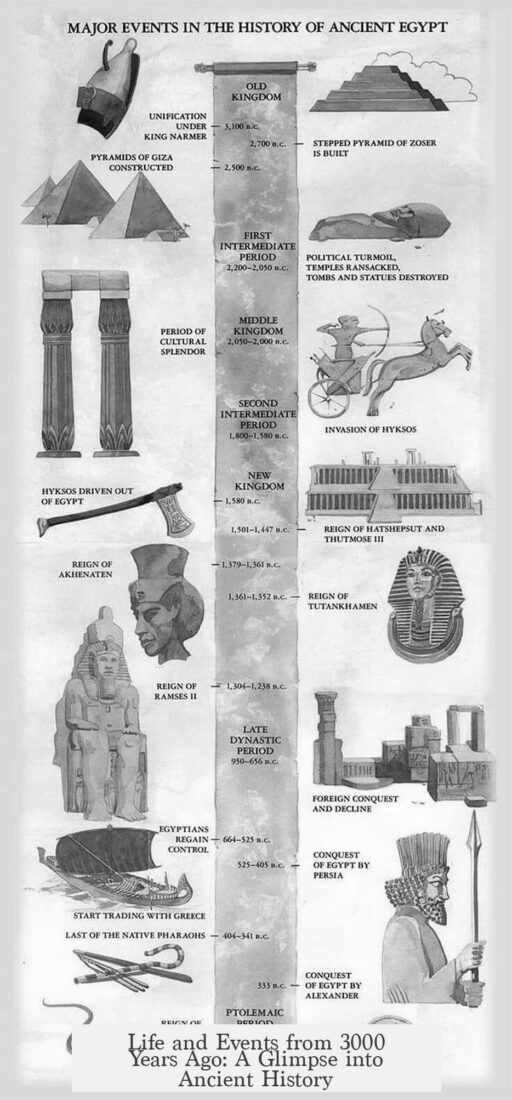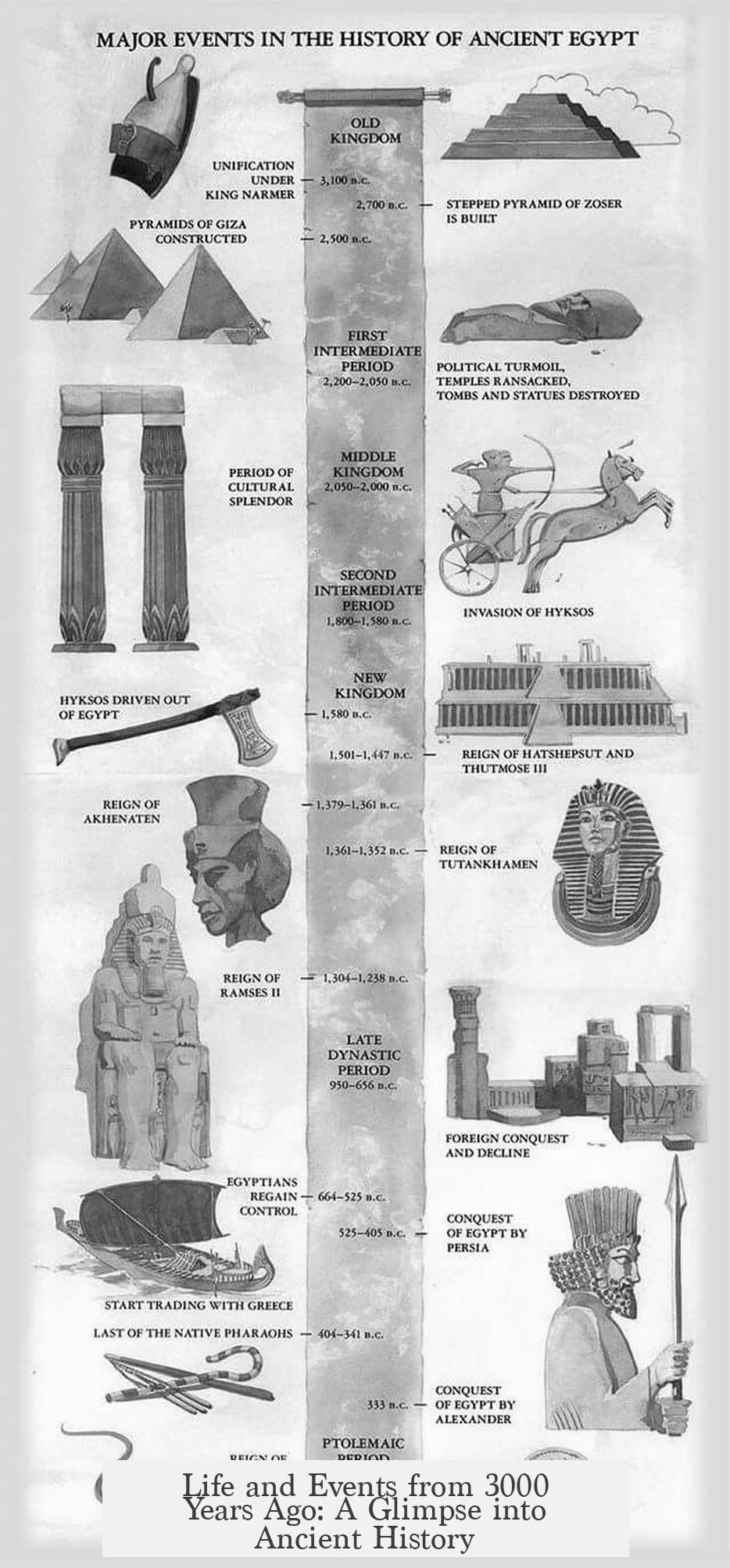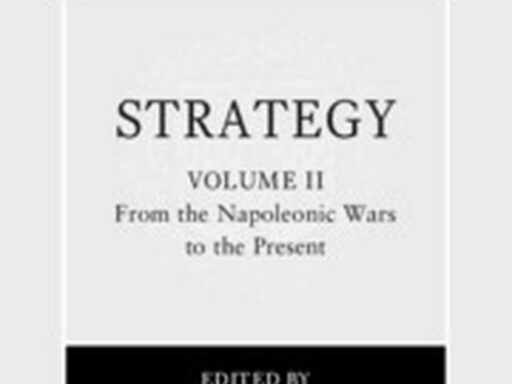Three thousand years ago corresponds to approximately 985 BC, placing the time within the late Bronze Age and the late Urnfield culture of prehistory in Britain. This era predates the Roman occupation and the European Middle Ages by over a millennium. The people living then are often described as proto-Celtic, though there remains uncertainty about the exact arrival of Celtic culture in the region.
At this time, the British Isles were home to communities that cremated their dead. They placed ashes in urns and buried these collectively in designated mass grave areas, identified as village or town graveyards. This practice contrasts with later periods where family or individual burials became more common.
The Urnfield culture, prominent during this era, is notable for its refined craftsmanship in thin gold sheets. Some of the most remarkable artifacts include the Mold Cape and four golden hats. These golden hats, shaped as tall cones, are thought to have served as pre-literate calendrical devices. Archaeologists suggest these might have been worn or displayed on posts, symbolizing a sophisticated understanding of time before written records.
Communities built fortified settlements, including hill forts, which provided strategic advantages. They also constructed lake towns supported on pilings. Such designs offered defense and adaptation to the natural environment. Agriculture was well established; inhabitants maintained farms and raised domestic animals including horses. These horses were equipped with bronze bits, demonstrating an advanced understanding of animal husbandry and transportation.
Transportation technologies consisted of four-wheeled wagons and, in later stages, two-wheeled chariots. These vehicles indicate increasing social complexity and mobility. The introduction and use of horse-drawn vehicles reflect developments in trade, warfare, and communication networks among these communities.
Despite these advancements, no written records exist from Britain dating to this period. Writing systems had not yet been adopted by local inhabitants. Knowledge about this time comes exclusively from archaeological discoveries such as tools, artifacts, and burial sites. It remains uncertain whether Celtic or other Indo-European peoples had fully arrived in Britain. This gap underscores the proto-Celtic label, highlighting our incomplete understanding of cultural transitions here.
It is important to clarify misconceptions about structures and locations related to this time. For example, Edinburgh Castle, a prominent medieval fortress, did not exist around 1000 BC. Castles as recognized in later European history were not constructed during the late Bronze Age. Also, while Edinburgh is often associated with Britain, it is situated in Scotland, which along with England and other countries, forms the United Kingdom. This geographical distinction helps frame the cultural and historical context correctly.
European history around 1000 BC generally corresponds to the dawn of the Iron Age. However, the adoption of iron technology may have occurred later in Britain, extending the Bronze Age’s influence there. The technological and social conditions differed considerably from later periods such as the Middle Ages (circa 500–1500 AD). Thus, 1000 BC represents an earlier phase of cultural development long before medieval institutions and societies emerged.
| Aspect | Details (circa 985 BC) |
|---|---|
| Time Period | Late Bronze Age, late Urnfield culture, prehistory in Britain |
| People | Proto-Celtic groups, uncertain arrival of Celts |
| Burial Practices | Cremation, urn burial in mass graveyards |
| Artifacts | Thin gold sheet works, Mold Cape, four golden hats (calendar devices) |
| Settlements | Hill forts, lake towns on pilings |
| Technology | Farms, domestic animals, bronze horse bits, four-wheeled wagons, two-wheeled chariots (later period) |
| Written Records | Absent in Britain, knowledge from archaeology |
| Geography | Britain includes England and Scotland (distinct parts of the UK) |
The period 3000 years ago reveals a world where communities thrived without written language but showed complexity in art, social organization, and technology. They developed specialized crafts and built defensible settlements. Their culture laid groundwork prior to historical eras such as the Roman and medieval periods.
- Three thousand years ago equals roughly 985 BC, late Bronze Age Britain.
- Proto-Celtic groups used cremation and urn burial in communal graveyards.
- Advanced goldsmithing produced artifacts like the Mold Cape and golden hats.
- Settlements included hill forts and lake towns; farms and domestic animals were common.
- Transportation utilized bronze bits, four-wheeled wagons, and chariots.
- No written records exist; knowledge is archaeologically based.
- Edinburgh Castle and medieval castles did not exist in this period.
- The era predates the Iron Age’s full arrival and the later European Middle Ages.




